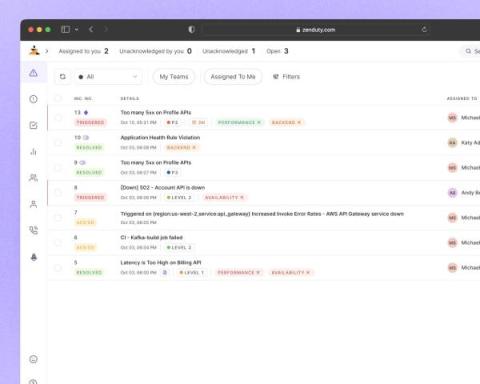How to Calculate and Minimize Downtime Costs
Downtime is an unwelcome reality. But, beyond the immediate disruption, outages carry a significant financial burden, impacting revenue, customer satisfaction, and brand reputation. For SREs and IT professionals, understanding the cost of downtime is crucial to mitigating its impact and building a more resilient infrastructure.











